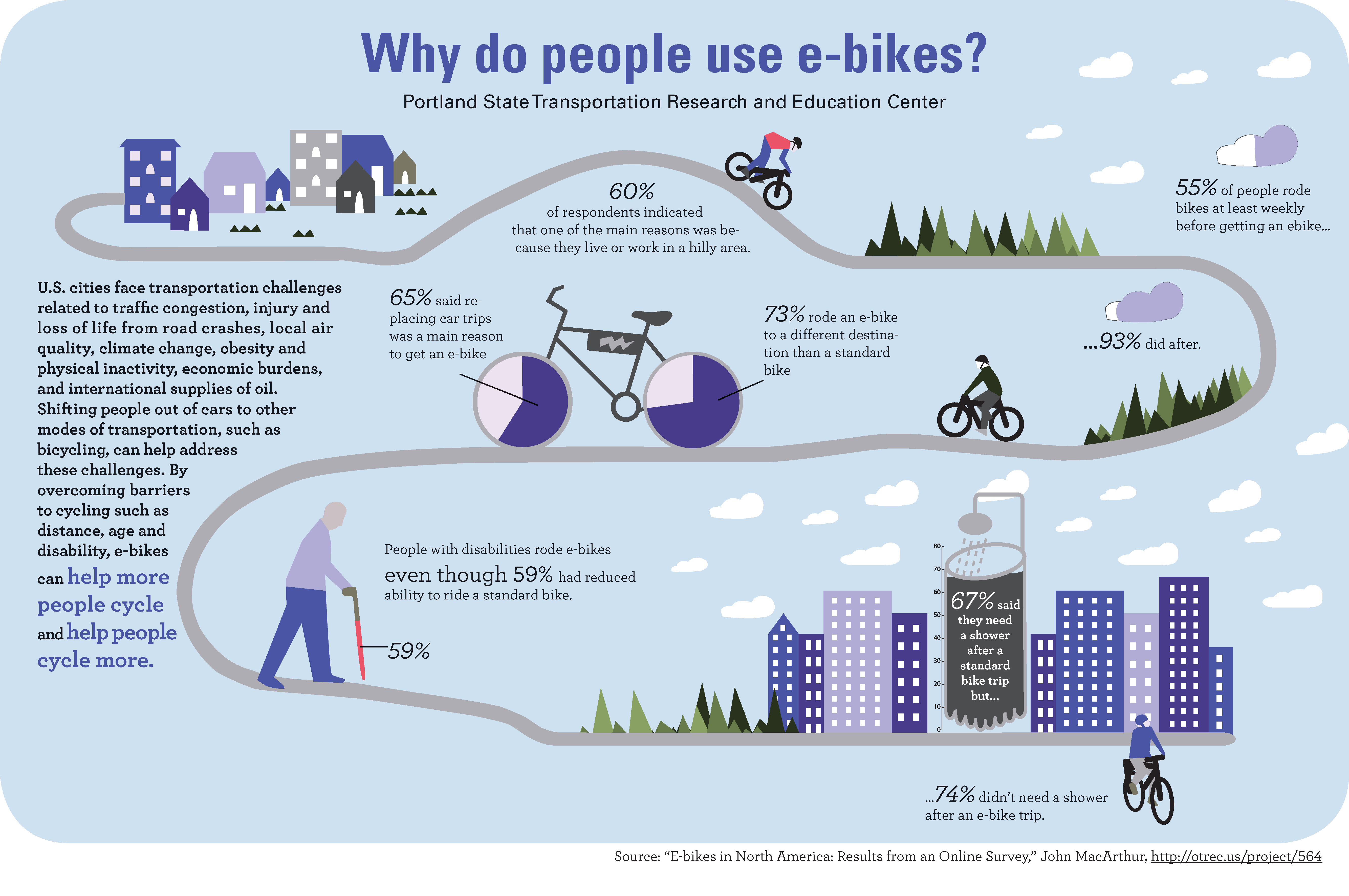Recognize The Legal Needs In Your Area To Ride Your E-Bike Both Securely And Lawfully
Recognize The Legal Needs In Your Area To Ride Your E-Bike Both Securely And Lawfully
Blog Article
Short Article Created By-Moran Hebert
Prior to you hop on your e-bike and hit the streets, it's vital to recognize the legislations and laws that regulate your city. From rate restrictions to designated riding areas, there's a lot to take into consideration to guarantee you're compliant and risk-free. By familiarizing yourself with the policies details to e-bikes, you'll be better equipped to appreciate your rides without any unanticipated legal problems. Keep tuned to discover key understandings that will assist you browse the e-bike landscape in your city seamlessly.
Comprehending E-Bike Classification
When it comes to navigating the world of e-bike legislations and guidelines, a critical starting factor is understanding the classification system that classifies these electrical bikes. E-bikes are typically categorized right into three primary categories: Course 1, Class 2, and Course 3.
Course 1 e-bikes are pedal-assist only, indicating they offer support while the motorcyclist is pedaling and have a maximum speed of 20 miles per hour. These bikes are allowed in locations where traditional bicycles are allowed.
Course 2 e-bikes are equipped with a throttle that can push the bike without pedaling. They likewise have a maximum speed of 20 miles per hour and appropriate for cyclists that may need aid without pedaling continuously.
Class 3 e-bikes are similar to Course 1 yet with a higher maximum speed of 28 mph. These bikes are typically restricted from specific bike paths or tracks because of their greater rates.
Comprehending Source Webpage is essential for complying with regional guidelines and making sure a risk-free and satisfying e-biking experience.
Browsing Rate Limits and Constraints
To properly navigate e-bike legislations and guidelines, it's critical to understand the speed restrictions and restrictions that put on various courses of electrical bicycles.
Rate restrictions for e-bikes vary depending on the category of the bike. https://edgarzfjot.atualblog.com/39281794/begin-your-day-with-a-hassle-free-commute-and-explore-just-how-e-bike-motorcyclists-are-revolutionizing-their-day-to-day-behaviors -bikes, which are pedal-assist just and have a maximum speed of 20 miles per hour, are generally permitted on bike lanes and paths.
Class 2 e-bikes, which have a throttle in addition to pedal-assist and additionally get to speeds of up to 20 miles per hour, may be restricted in certain areas where motorized vehicles aren't permitted.
Course 3 e-bikes, with pedal-assist as much as 28 mph, are generally called for to adhere to the exact same guidelines as traditional bicycles.
It is essential to adhere to these rate restrictions and constraints to ensure your safety and the safety and security of others when driving. Before riding your e-bike, acquaint on your own with the specific guidelines in your city to prevent any prospective fines or legal issues.
Where to Adventure Your E-Bike
To determine where you can ride your e-bike, it's essential to know the policies and guidelines particular to your place. In most areas, e-bikes are normally enabled on roadways and roads where typical bicycles are allowed. This might consist of bike lanes, bike courses, and shared roadways. However, it's crucial to inspect regional legislations as some cities may have specific restrictions on where e-bikes can be ridden.
When riding your e-bike, constantly prioritize safety and security by adhering to web traffic guidelines and valuing pedestrian walkways. In addition, bear in mind any kind of designated bike lanes or paths in your location and utilize them whenever feasible to ensure a smoother and safer trip.
Some cities additionally have regulations pertaining to e-bike use on pathways, so make certain to familiarize yourself with these rules to avoid any penalties or penalties.
Final thought
Since you're familiar with the legislations and laws bordering e-bikes in your city, you can confidently hit the trail recognizing where you can ride and what limitations relate to your e-bike category. Remember to constantly prioritize safety and security and adhere to the regulations to make certain a smooth and legal ride. Satisfied riding!
